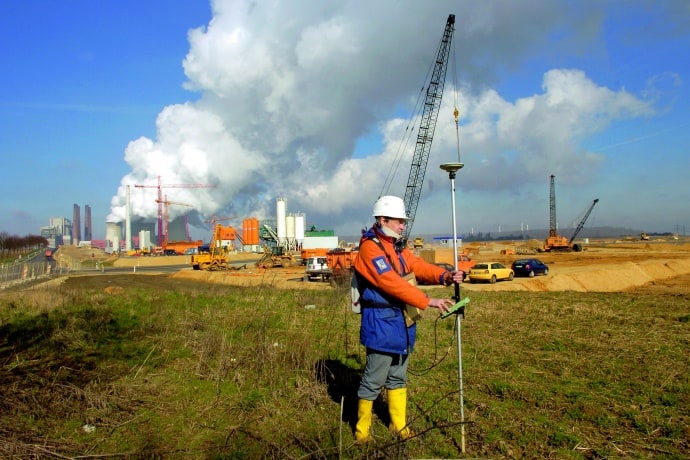Viewpoint
 Power supply delays waste time, fuel and money. Here npower Business Solutions’ Beverly Tomkins explains how to slash time to a new electricity connection by 75 per cent.
Power supply delays waste time, fuel and money. Here npower Business Solutions’ Beverly Tomkins explains how to slash time to a new electricity connection by 75 per cent.
Large construction projects are frequently delayed due to the time it takes to get a power supply in. Customers wanting a new meter — with half-hourly metering on a new connection — have in the past typically needed 15 to 20 days from initial call to a supplier to an engineer arriving. The result? Project delays and in many instances the need to hire a generator — with consequent cost in rent, fuel and fumes.

Behind the scenes, the reasons might be understandable: it’s formidably more complicated than it seems to get a new power supply up and running on a site. To provide some insight into the process, let me take you through the set-up of a new electricity connection.
Let’s assume your site is ready, you are sitting on supplies, your team are twiddling their thumbs and you urgently need power. You pick up the phone and request it.
This is what happens next: the request has to go through a registration process, with the supplier notifying the national database. This can take days. After that is accepted, the supplier has to appoint a meter operator, a data collector and a data aggregator. Each member has to accept the appointment. For that reason, you are typically looking at another three working days to get these three acceptances back. Only then do suppliers look to get a metering date in the diary — until fully appointed, they are reluctant to commit. At this point, a metering flow is sent out with a 10-day working notice period.
That process has been long established in the sector; however, recent partnerships and new technology have challenged this status quo. As a result, construction sites are now able to arrange supply, installation of the meter and receive electricity on site in just five working days. In fact, earlier this month, a customer of npower Business Solutions urgently needed supply to meet project deadlines. Just four days later, the site has electricity allowing the customer to manage the necessary commissioning and handover the site to their own customer.
This fast-track service not only saves businesses from a surge of construction costs by avoiding reliance on inefficient power generators, it also helps reduce impact on the environment. In fact, due to inefficient ordering or storing, the UK Green Building Council claims that of the 400 million tonnes of materials delivered to construction sites each year, around 15 per cent end up in landfill. A portion of that is attributable to poor project management — as site managers don’t recognise the impact a lack of power has on the project.
As such, be it overcoming previously unnoticed flaws in planning, saving by mitigating reliance on power generators or cutting waste produced on site, understanding the process behind new energy connections allows businesses to save both time and resources. Additionally, knowledge on how to speed up the process can make the difference between a delayed project and successful completion.
Beverly Tomkins is head of sales and marketing for business at npower Business Solutions




Poll: Should the UK’s railways be renationalised?
I _do_ remember British Rail - and that it was <i>literally</i> a national joke https://youtu.be/zV2lmSDKvO8